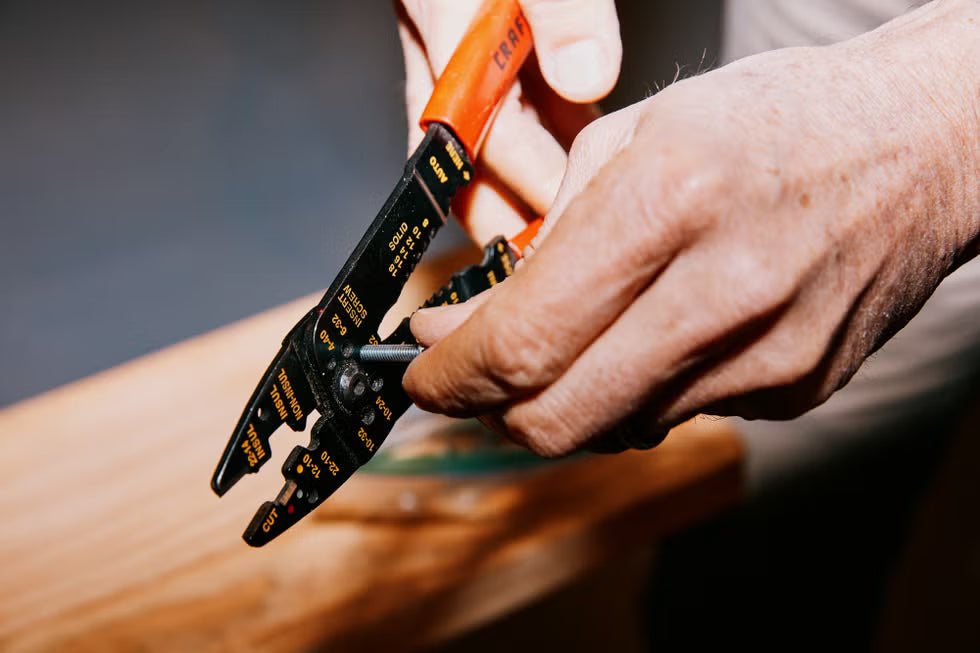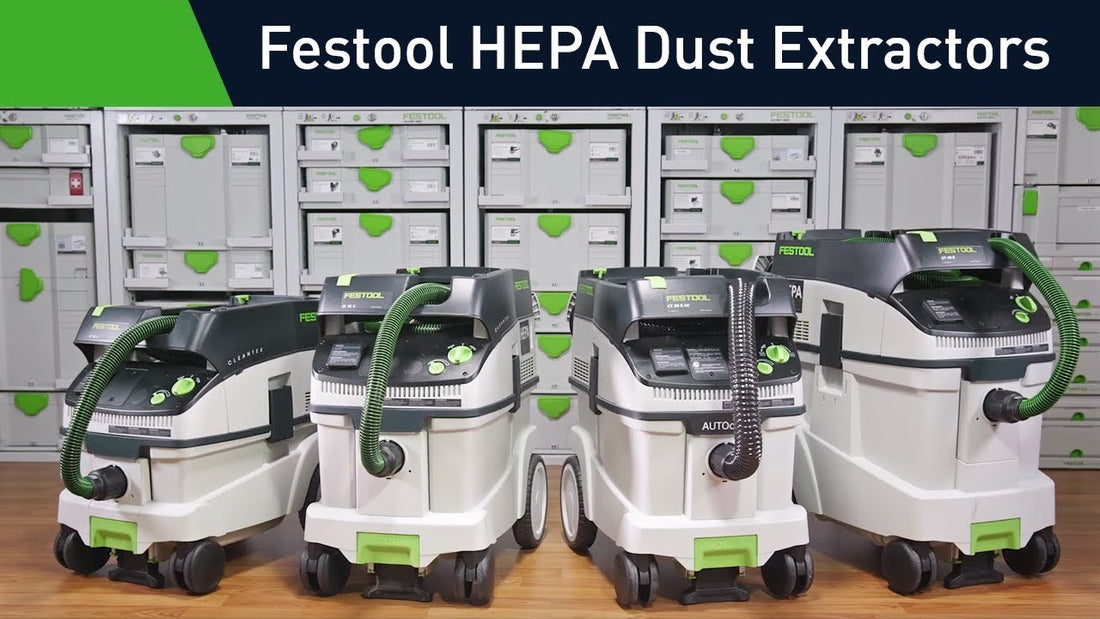




Which Festool Dust Extractor Is Right for You?
Having a good dust extractor makes a huge difference in both health and quality when working with power tools. Festool offers a range of models, each with different capacities, features, and portability. Understanding what those differences are helps you pick the one that fits your needs without paying for stuff you’ll rarely use.

Key Features to Evaluate
Before jumping into models, these are the main features to consider:
-
Capacity (Litres) — How much dust it can hold before needing emptying. Larger capacities are less frequent maintenance but bigger and heavier.
- Airflow / Suction Power — How well it pulls dust. Critical especially when using sanders, saws etc.
- Filter Type — HEPA filters are preferred, especially for fine dust and health safety. Cleaner air makes a big difference.
- Hose & Hose Storage — Anti-static hose is a plus, hose-garage (a place to store the hose on the machine) adds convenience.
- Auto-on / Remote Start — Some extractors turn on when the connected tool is used, or via Bluetooth control, which is helpful.
-
Portability vs. Size & Weight — Big units do more, small units are easier to move and store.
Festool Models Compared
Here are a few Festool extractors and how they differ in a practical sense. Numbers converted into metric where useful:

How to Choose Based on Your Situation
Here are some scenarios and which extractor tends to make sense:
- If you have a fixed woodshop where you do a lot of sanding, sawing etc, going for the larger capacity model with strong suction and helpful features (hose storage, remote start) is worth it.
- If you work on site or move between job locations, a mid-size or cordless model is more practical. The weight and ease of moving become more important than maximum capacity.
- For small jobs or occasional use, you might get away with a smaller or lower capacity model so long as it has good filtration and enough suction. Clean air is still critical.
-
Think about filter cleaning and how often you’ll need to empty the bag. If you don’t want to stop work often, choose a model with easy filter access, maybe even auto-clean.
Practical Notes
- Check power compatibility (voltage etc) if importing models.
- Spare filters, hoses, and accessories: availability locally can affect total cost of ownership.
- Dust type matters: fine dust (e.g. sanding MDF) vs coarse sawdust — filtration, seal quality, hose type matters more for fine dust.
-
Space & mobility: shops or garages may be tight, so footprint and hose storage are more important than raw numbers sometimes.
A small Festool extractor with HEPA filter is far better than no extractor or a cheap shop vac when it comes to keeping dust under control. If you can budget for it, picking one that matches the scale of your work (how often, how much, where) will save you time, improve safety, and reduce cleanup.
